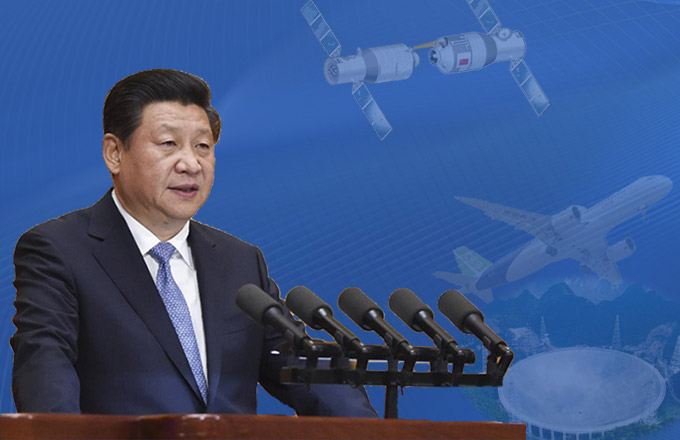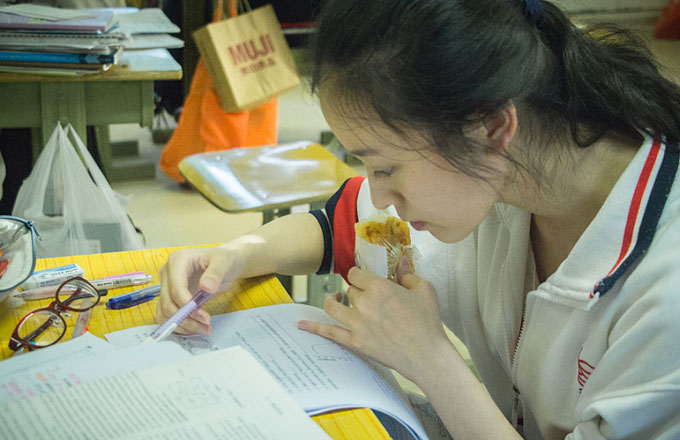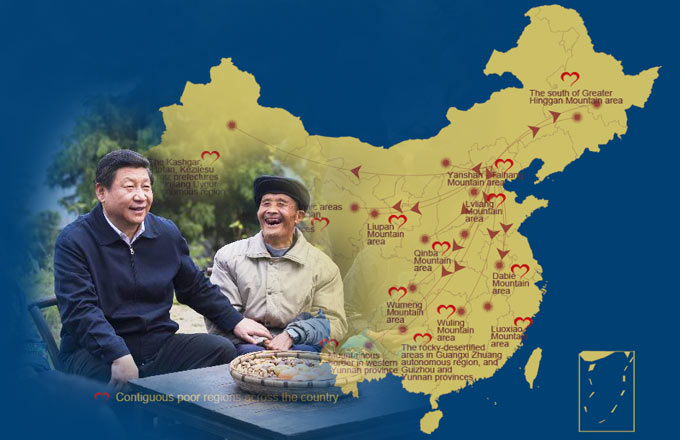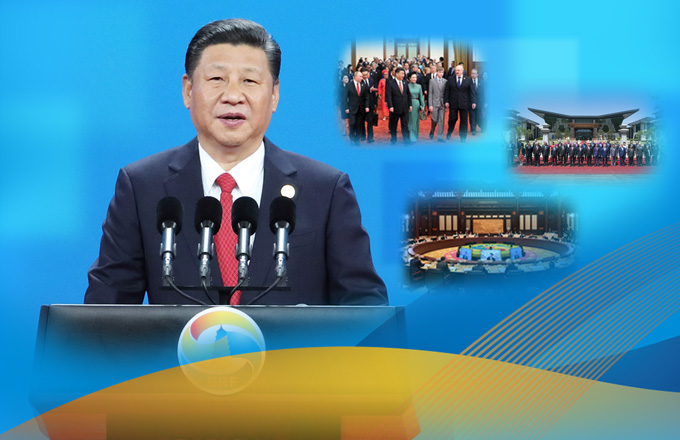Airport hubs eyed for city clusters
Leaders say world-class facilities to help boost growth
China aims to build clusters of world-class airports to better serve the clusters of world-class cities being planned, the head of the national civil aviation agency said on Thursday.
"China will stick to supply-side reform and make efforts to build world-class multi-airport systems to better establish world-class metroplexes," said Feng Zhenglin, head of the Civil Aviation Administration of China, adding that it will boost construction of an air "silk road" connecting China with the world.
Speaking at the 2017 China Civil Aviation Development Forum in Beijing, he said, "City clusters and multi-airport systems are the essence and trend of global city development".
Feng said the United Nations estimated that by 2025 the top 40 metroplexes will engage in 66 percent of global economic activity and 85 percent of technology innovation.
China's three core city clusters-the Beijing-Tianjin-Hebei region, Yangtze River Delta and the Pearl River Delta-account for 2.8 percent of the country's territory. During the 11th Five-Year Plan (2006-10), the three city clusters, as the most vigorous, open and innovative regions in China, produced 36 percent of the GDP and gathered 18 percent of the total population, he said.
In 2016, the passenger turnover in the airport clusters of the three regions reached 473 million, accounting for 46.5 percent of passengers nationwide. Freight traffic was 14.69 million tons, 74.7 percent of China's total.
Last year, Beijing Capital International Airport ranked as the second-busiest airport in the world for the seventh consecutive year, with 94.4 million passengers flying in and out of the airport.
Two airports in Shanghai carried more than 100 million passengers in 2016.
Hong Kong's airport ranked top in the world regarding freight transport. Airports in Guangzhou, Shenzhen and Macao are getting busier.
"The multi-airport system in the three city clusters are ready to grow, as is the world-class multi-airport system," Feng said.
"Air transport is the modern means of transportation. The development of clusters of cities and clusters of airports is closely relevant and has been promoted mutually," Transport Minister Li Xiaopeng said.
On Thursday, a new plan was released to expand airspace in the Beijing-Tianjin-Hebei area by the CAAC North China Regional Administration, opening six new routes in the region, which will add 270 flights each day in the region.
Airlines also are essential in building the world-class airport cluster.
Air China, China's flag carrier, aims to increase flights at the Beijing airport to 1,000-1,100 a day. It will increase usage in Tianjin by shifting some domestic and international flights from Beijing there to support the Tianjin airport.
It also will increase flights from different operating bases to Shijiazhuang, said Ma Chongxian, vice-general manager of Air China's parent company.

















